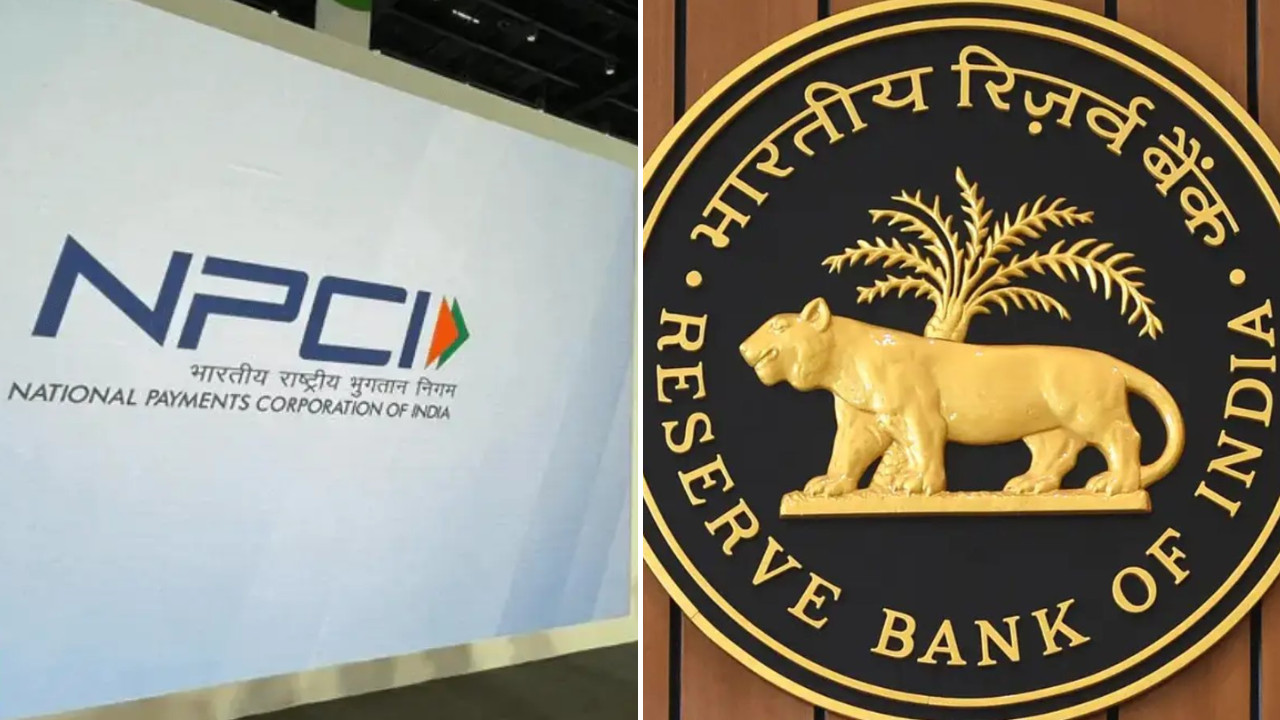Adani Power Ltd has acquired Vidarbha Industries Power Ltd for Rs 4,000 crore, increasing its operating capacity to 18,150 MW. The company plans to further expand its generation portfolio to 30,670 MW by 2030 through brownfield and greenfield projects across multiple states. This acquisition aligns with Adani Power’s strategy to turnaround stressed assets and support India’s ‘Electricity for All’ vision.
Adani Power Heats Up: Acquires Vijayshree Thermal Power Plant
The Indian energy landscape just got a little more concentrated. Adani Power, one of the country’s largest private-sector thermal power producers, has made a significant move, acquiring Vijayshree Thermal Power Ltd (VTPL) for a cool ₹4,000 crore. This strategic acquisition not only bolsters Adani Power’s already substantial portfolio but also signals a continued, and perhaps surprising, investment in thermal power generation. What does this mean for India’s energy mix, and how does it fit into the broader push for renewable energy? Let’s delve in.
Powering Up: The Vijayshree Deal
Vijayshree Thermal Power, located in the state of Madhya Pradesh, operates a 660 MW supercritical thermal power plant. This isn’t just a small addition; it’s a sizeable asset bringing Adani Power’s total installed capacity to a formidable 18,150 MW. Think of it like adding a powerful new engine to an already impressive machine. The deal, announced recently, marks a significant step in Adani Power’s expansion strategy, further solidifying its position as a dominant player in the thermal power sector.
The implications are multifaceted. For one, it ensures a more reliable power supply to the region, particularly crucial during peak demand periods. Secondly, it streamlines operations by integrating VTPL’s efficient supercritical technology into Adani Power’s existing infrastructure. Finally, it reinforces the argument that, despite the global shift towards renewables, thermal power continues to play a crucial role in meeting India’s ever-growing energy needs.
Why Thermal, Why Now?
The question on many minds is likely, “Why invest so heavily in thermal power when renewable energy is all the rage?” It’s a fair point. India has ambitious renewable energy targets and is actively promoting solar, wind, and hydro power. However, the reality is that renewable energy sources are intermittent. Solar power relies on sunshine, wind power depends on wind speed, and hydro power is subject to rainfall patterns. Therefore, a stable baseload power source is still essential to ensure a consistent and reliable energy supply for the nation’s industries and homes.

Thermal power, specifically coal-based power, provides this baseload capacity. While acknowledging the environmental concerns associated with coal, it remains a readily available and relatively affordable option, especially in a rapidly developing nation like India. The acquisition of VTPL showcases Adani Power’s understanding of this dynamic and their commitment to providing a diverse range of power sources to meet the demands of a growing economy.
This move is also about optimizing efficiency. Supercritical technology, employed by the Vijayshree plant, burns coal more efficiently, leading to reduced emissions compared to older, less advanced plants. While it’s not a complete solution to the environmental challenges, it represents a step towards cleaner coal power generation.
The Future of India’s Energy Mix
So, where does this acquisition leave India’s energy future? The answer isn’t as simple as “thermal vs. renewable.” It’s more nuanced. India needs a balanced energy portfolio that incorporates both traditional and modern energy sources. While aggressively pursuing renewable energy targets, the country also requires a reliable baseload power supply. This is where thermal power plants like Vijayshree come in.
The key lies in transitioning towards cleaner thermal power generation. This involves investing in technologies like supercritical and ultra-supercritical boilers, exploring carbon capture and storage technologies, and gradually increasing the share of renewable energy in the overall mix.
Furthermore, improving grid infrastructure is paramount to seamlessly integrate renewable energy sources. A robust and smart grid can effectively manage the intermittency of solar and wind power, ensuring a stable and reliable power supply. This is where companies like Adani Energy Solutions come into play, focusing on building and strengthening the transmission infrastructure necessary for a sustainable energy future.
The acquisition of Vijayshree Thermal Power by Adani Power is a significant development that highlights the ongoing importance of thermal power in India’s energy landscape. It underscores the need for a balanced and pragmatic approach to energy security, one that embraces both renewable and traditional sources while striving for greater efficiency and sustainability. The future of India’s energy mix depends on a holistic strategy that addresses the challenges and opportunities of both thermal and renewable power generation. It will be fascinating to observe how this dynamic unfolds in the years to come.







